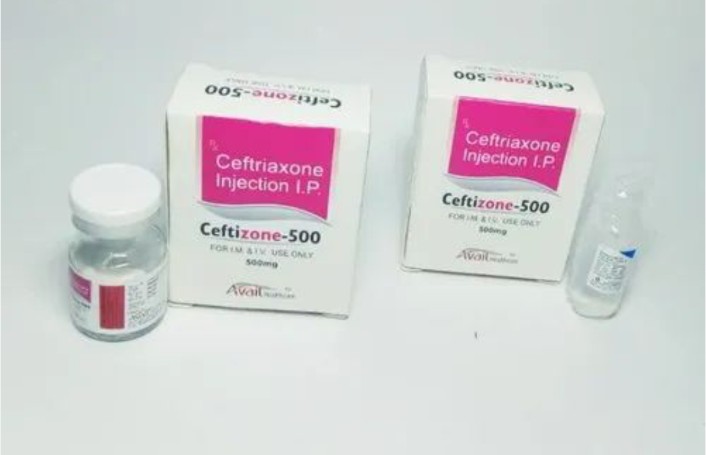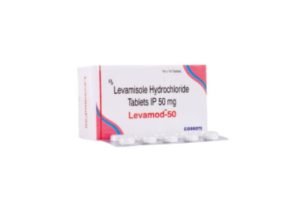
Cefoperazone Overview:
Description:
Cefoperazone is a third-generation cephalosporin antibiotic used to treat a wide range of bacterial infections. It works by inhibiting bacterial cell wall synthesis, leading to cell death. Cefoperazone is particularly effective against Gram-negative bacteria and has some activity against Gram-positive organisms.
Available Forms & Strengths:
- Injection (IM/IV):
- 500 mg
- 250mg
- 1 g
- 2 g
- 3 g
- Powder for reconstitution (for injection preparation)
Uses:
- Respiratory tract infections (e.g., pneumonia, bronchitis)
- Urinary tract infections (UTIs)
- Intra-abdominal infections
- Skin and soft tissue infections
- Septicemia (bloodstream infections)
- Gynecological infections (e.g., pelvic inflammatory disease)
Side Effects:
- Nausea and vomiting
- Diarrhea
- Injection site reactions (pain, swelling)
- Allergic reactions (rash, itching, anaphylaxis)
- Increased liver enzymes
- Rare: Prolonged bleeding time due to interference with vitamin K metabolism
Dosage:
- Adults: 2 to 4 g per day, administered in divided doses every 12 hours.
- Severe infections: Up to 6 g per day, depending on infection severity.
- Renal and hepatic impairment: Dosage adjustments may be required for patients with kidney or liver dysfunction.
Contraindications:
- Hypersensitivity to cefoperazone, other cephalosporins, or any components of the formulation.
- Cross-sensitivity with penicillins may occur in patients with penicillin allergies.
Warnings:
- Hypersensitivity Reactions: Risk of severe allergic reactions, including anaphylaxis, especially in patients with penicillin allergies.
- Vitamin K Deficiency: Cefoperazone can interfere with vitamin K metabolism, leading to increased bleeding risk. Vitamin K supplementation may be needed in certain patients, such as those with malnutrition or prolonged use.
- Clostridium difficile-associated diarrhea: May occur with prolonged antibiotic use, causing severe diarrhea.
- Renal and Hepatic Function: Monitor closely in patients with kidney or liver impairment.
- Superinfection: Prolonged use may result in overgrowth of non-susceptible organisms, including fungi.
Special Instructions:
- Monitor for signs of bleeding, especially in patients at risk of vitamin K deficiency (e.g., malnourished, alcoholics, liver disease).
- Avoid alcohol consumption during treatment and for several days after discontinuation, as cefoperazone can cause a disulfiram-like reaction (nausea, vomiting, flushing).
- Administer the medication with caution in patients with gastrointestinal disease, particularly colitis.
- Complete the full course of therapy to prevent the development of drug-resistant bacteria.







